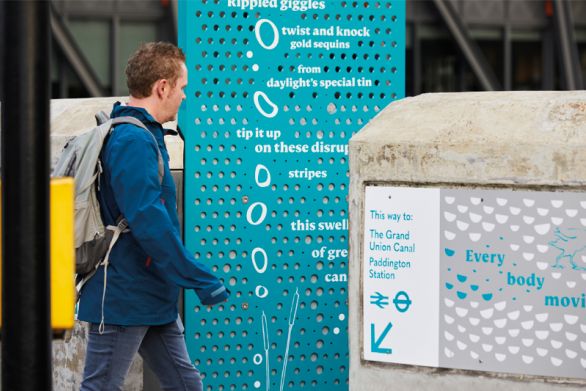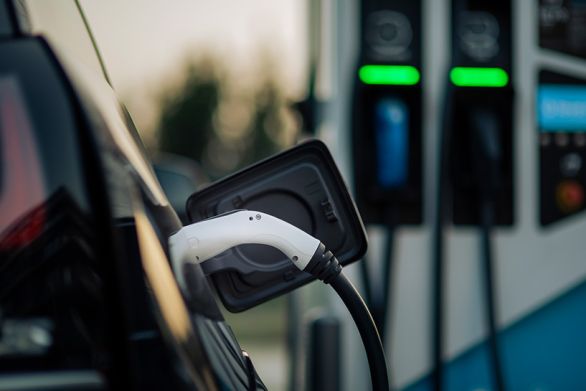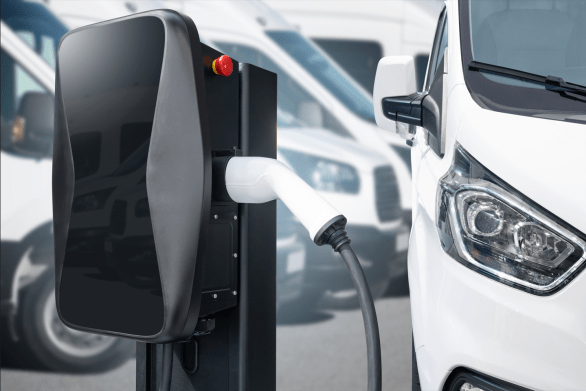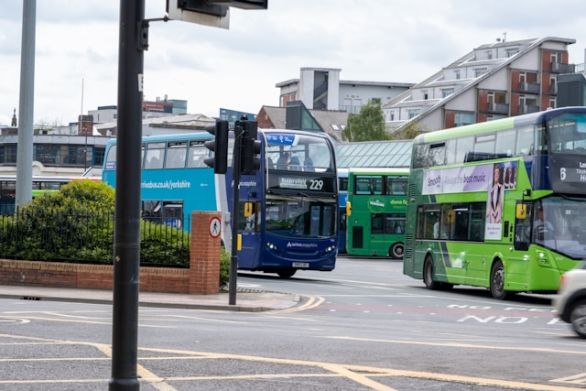With the second largest economy in Latin America by nominal GDP (14th in the world), Mexico is a formidable contender on the global stage of advanced emerging markets. As it moves forward in this arena, the politicians of the day steer the debate towards increased public and private investment in infrastructure, with an estimated 1.3 trillion pesos (USD 90 billion) earmarked for transport and communications over the next five years.
While the aspirations of smarter and innovative technological solutions are ever-present, the immediate future must cater to a more basic and increasingly urgent need: efficient and reliable mass public transport. Mexicans, like other north Americans, see cars as a status symbol but the usual crises of congestion, costs and carbon footprint are driving the discussion towards rail and more ambitiously, the high speed version. This is a topic currently being discussed across the globe, from the USA’s high speed rail plan all the way to India’s vision of a ‘diamond quadrilateral’ proposed to join the major cities – the world is dreaming of bullet trains.
Whether the question is one of providing a new alternative to the age old road (as in the USA) or a solution to congestion and capacity constraints on existing rail networks (as in Europe and India), the potential benefits of conventional rail are well understood. Nonetheless, when one examines the case for high speed with a critical eye for determining whether it is truly warranted, the following factors play a key role:
- Geography: interurban rail works best for city centres 200-600 kilometres apart with a high demand for connectivity. Mexico, like high speed countries France, Spain, Italy and Germany, has a capital and a major second city within this range.
- Stable demand: year-round business demand is better than seasonal or leisure traffic, all-day demand is better than once-a-day commuter peaks.
- Land use and topography: lines are easiest to build in near-empty countryside with gentle gradients minimising the need for tunnels and viaducts. Even so, in Europe both the Pyrenees and the Alps will soon be crossed by high speed lines.
- Access to, and space for, terminals: ideally a clear corridor to a central location, ideally both near to business demand and well-connected by local transport.
- Passengers familiar with rail as a mode: rail is already familiar, high speed rail will take them further and faster.
Mexico meets the first two criteria but its topography, urban layout and familiarity with rail are less favourable; most intercity passenger rail services were abandoned in the late 1990s and few cities have urban transit systems. As elsewhere in North America, there may be a need first to build urban rail networks, and a rail-familiar passenger base, before high speed rail can become the mode of choice for interurban travel.
Steer Davies Gleave has been providing advice to the global rail market since 1979 and is the rail sector’s leading independent consultancy. We have been active in the Latin American markets since the mid-1990s and have recently supported the Brazilian Government in its implementation of a new open access model for its railway network.











